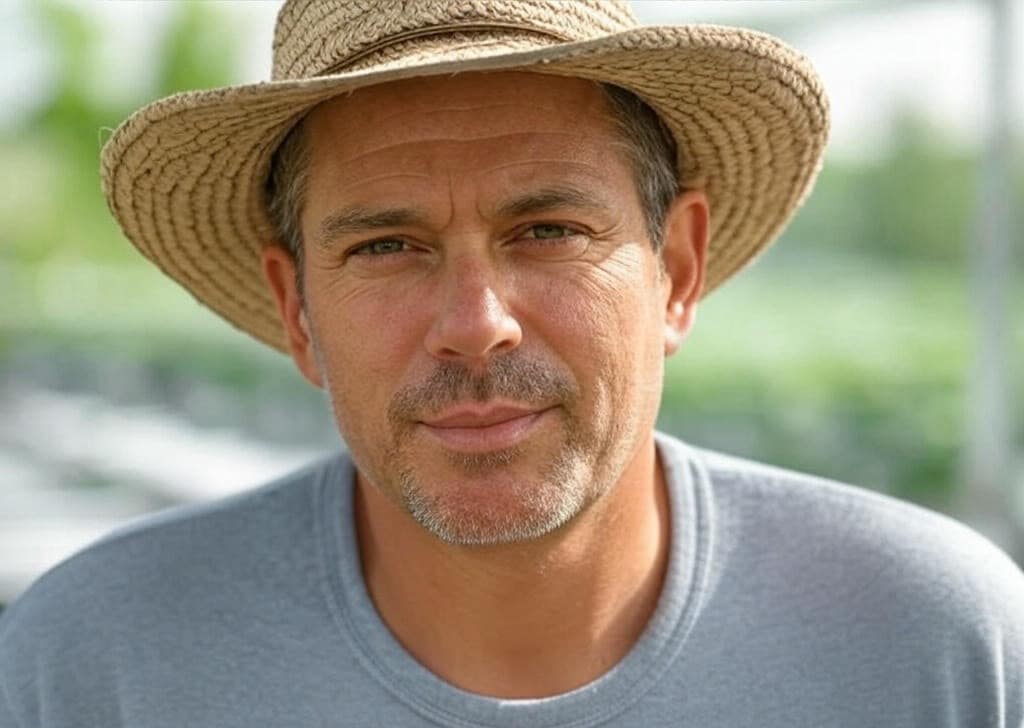From Water to Bloom: Hydroponic Rose Secrets
Table Of Content
Hydroponic rose farming is a relatively new method that has gained increasing popularity among florists, farmers, and gardeners. Hydroponics differs from conventional soil culture in that it grows plants in water solutions with required nutrients so that the growing environment can be precisely controlled. The benefits of the system include increased growth rates, higher yields, and the production potential every season, regardless of outside weather conditions.

Why Should You Choose Roses?
Hydroponics provides direct control of environmental factors and nutrients that directly maximize rose qualities such as petal intensity, size, and scent. Hydroponics enables roses to consistently achieve their characteristic look (e.g., more intense colors, fuller blooms) to satisfy the high demands of bouquets or decoration.
People consistently seek out roses for ceremonies, gifts, and decorations. Hydroponic farming lets farmers bypass the seasons, having immaculate flowers on a year-round basis regardless of where you grow them. Supply stability and maximizing profitability, especially for prestige or specialty varieties of roses, result from this.
Starting a Hydroponic Rose System
Among the various hydroponic systems, the drip system is most appropriate for rose cultivation under hydroponics. In the drip system, the root zone is directly fed with nutrient solutions through emitters, thereby supplying each rose with a precisely controlled quantity of water and nutrients. Such pinpoint targeting not only wastes less but also prevents problems such as overwatering, which can prove to be disastrous for plant health. Additionally, the automation feature of drip systems makes maintenance easier and renders the system a perfect option for beginners. The process promotes healthy root growth and perfect flowering, enhancing the effectiveness and sustainability of the process.
Supplies & Equipment to Grow Roses Hydroponically
Success in hydroponically growing rose culture highly depends on a steady reservoir of nutrients. A steady reservoir with the nutrient solution keeps pH and nutrients balanced, which equals providing plants with a balanced meal. I found early on that it made a big difference in utilizing a large reservoir, which led to healthier growth and more robust blooms.
For roses being grown indoors or in greenhouses during the darker months, proper lighting is essential. Supplementing with LED grow lights can be a lifesaver for plant health, especially in regions with shorter winter days. Not only does this controlled lighting environment help with photosynthesis, but it also helps the overall health of the roses, which leads them to flourish even when sunlight is not provided naturally.
Roses tend to be upright and carry heavy flowers, and therefore the employment of good-quality support systems is necessary. The availability of trellises, stakes, or netting aids in controlling the habit of the plant and preventing breakage. Practically, the loose tying of stems and sliding supports along with the developing plants has been found to be an effective technique for preventing breakage and encouraging a good, well-organized habit of growth.
Temperature and humidity control is also a key element in hydroponic rose growing, especially in cold climates. A hydroponic greenhouse dedicated to this purpose can provide the perfect conditions for roses to grow. I remember one winter where the use of a space heater combined with a small humidifier kept the setting steady, and I had a lush rose garden even though it was freezing outside.
Setting Up the Environment for Hydroponic Roses
Supplying the right conditions is key to success. Roses do well at temperatures of around 65–75°F (18–24°C). Humidity also needs to be watched to prevent issues like mold; 40–60% is generally recommended.
Based on my personal experience, keeping the root zone slightly warmer and oxygenating the nutrient solution properly created a visible difference in the root health. Having an air pump on the reservoir not only kept the water from stagnating but also increased the oxygenation to the roots.
Nutrients & Fertilizer Management
Roses require a perfect combination of macronutrients—nitrogen (N), phosphorus (P), and potassium (K)—and micronutrients (iron, manganese, zinc, etc.). Whether you go organic or chemical, whichever you prefer, ensure it’s designed for hydroponics to provide the correct amount of nutrients.
One of the things learned from personal experience is to begin with a less strong nutrient solution and build up.
Feeding Schedule
Routine pH (typically between 5.5 and 6.5 for roses) and EC testing averts deficiencies or toxicities. Watch for visible symptoms such as yellowing leaves or stunted growth, indicating an imbalance. I’ve found over time that getting into a routine inspection habit, such as checking the reservoir every morning, helps greatly in catching problems early.
Planting & Propagating Roses Hydroponically
Hydroponic rose propagation typically begins with cuttings. Select healthy stems with some leaf nodes, and you can apply a rooting hormone to accelerate root development. Place the cuttings in an appropriate medium (such as rockwool or coco coir) in your hydroponic system, where they will get sufficient moisture and nutrients.
One of the most rewarding experiences was cloning my favorite rose type from my grandmother’s garden. It was a combination of tradition and modernity to find it growing well in a hydroponic setup.
Transitioning Soil Roses to Hydroponics
It takes patience to convert roses from soil to hydroponics. Rinse all of the soil from the roots carefully without damaging them. Then insert the rose into your hydroponic system, slowly exposing it to increased moisture and nutrient levels. I like to do this in increments, giving the plant time to adjust before putting it into the final reservoir.
Daily Care & Maintenance
Pruning eliminates dead or diseased tissue, encourages new growth, and controls overall form. I usually prune after each flower flush to stimulate the next flush of flowers. Staking or trellising keeps heavy blooms from falling over. I neglected to prune a bush form once and it turned into a chaotic sprawl that was more difficult to get nutrients and air circulation around the stems.
While hydroponics reduces soil-borne issues, roses can still be vulnerable to pests like spider mites, aphids, or fungal diseases. Regularly inspecting leaves, stems, and blooms allows for early detection. I prefer to use organic controls whenever feasible, like neem oil or beneficial insects, but have also resorted to chemical controls when infestations were heavy.
Monitor water and nutrient levels in the reservoir closely. I’d suggest maintaining a record of pH and EC readings and adjustments made to them. This enabled me to spot trends such as long-term build-up of nutrients, that would not be apparent with daily observation.
Scaling Up: Rose Farm & Commercial Ventures
For those who want to commercially cultivate roses, the rewards can be satisfying. Not only does a closed system keep yields consistent the whole year but also guarantees high-quality blooms. When I scaled up my operation to a small commercial greenhouse, I found that demand for locally grown, fresh roses was strong, especially during holidays and weddings.
It requires a high initial investment, especially in equipment, constructing the greenhouse, and automation equipment. But streamlined production, quality flowers, and year-round rose supplies will generally compensate in terms of profitability.
FAQs
Can any rose variety be grown hydroponically?
The majority of rose types can be suited to hydroponic systems, but some will be simpler to cultivate than others. Begin with types that are renowned for being adaptable and hardy before trying to cultivate more temperamental ones.
How much space does it take to cultivate hydroponic roses?
Space varies with the kind of rose. Miniature roses need less space, while bush or climbing roses need more space. Plan your system in such a way that each plant gets sufficient space to grow.
Table Of Content
